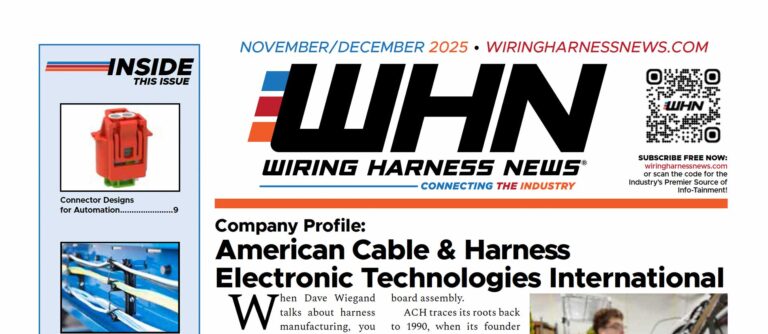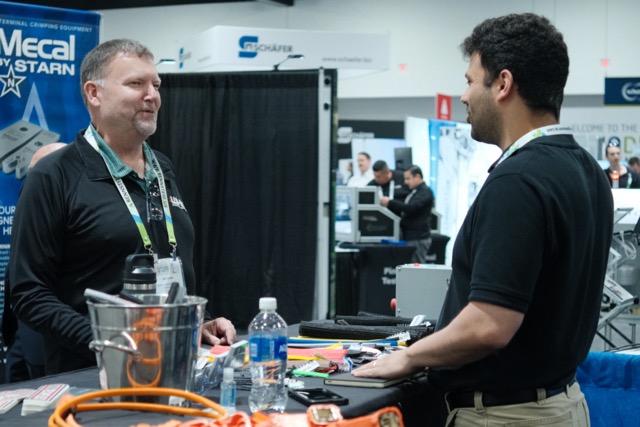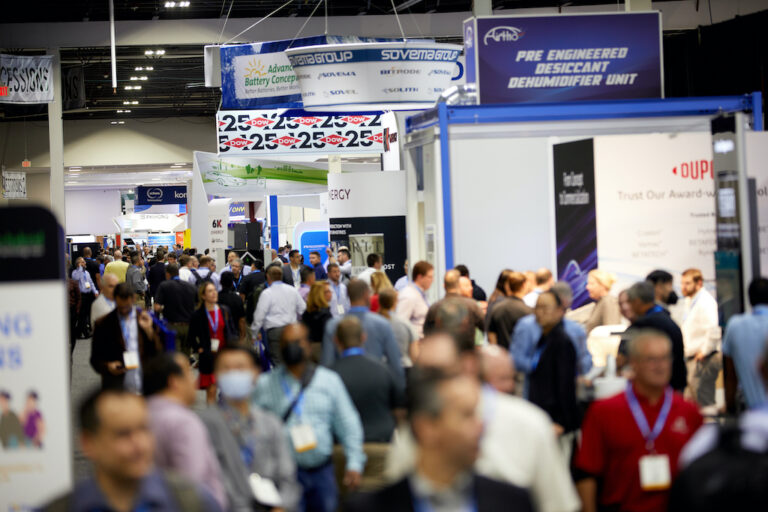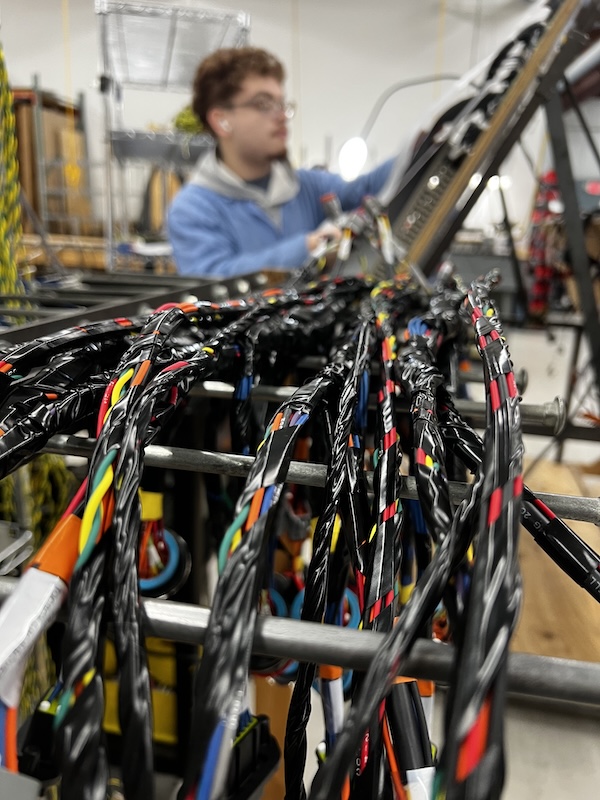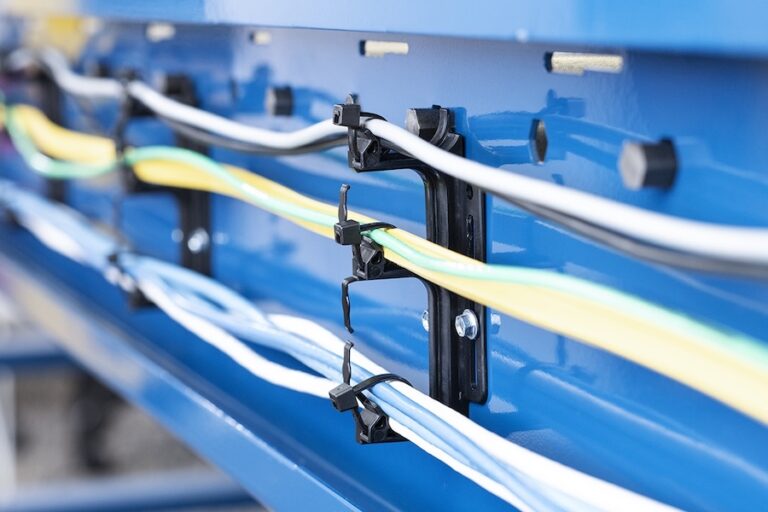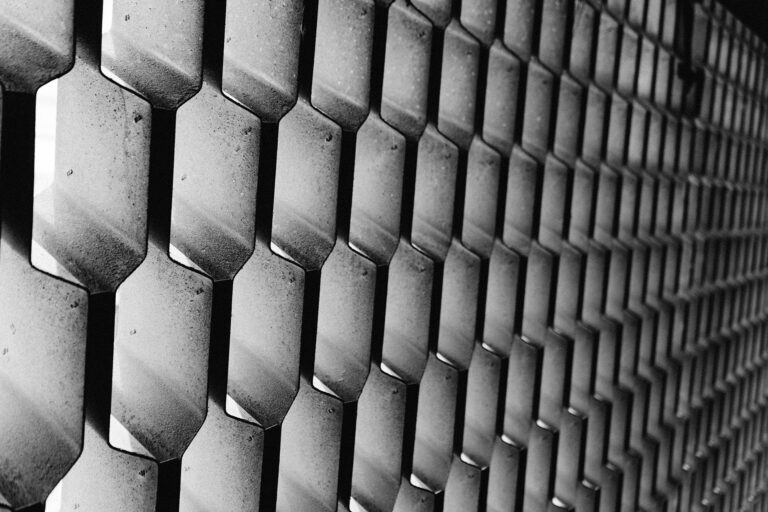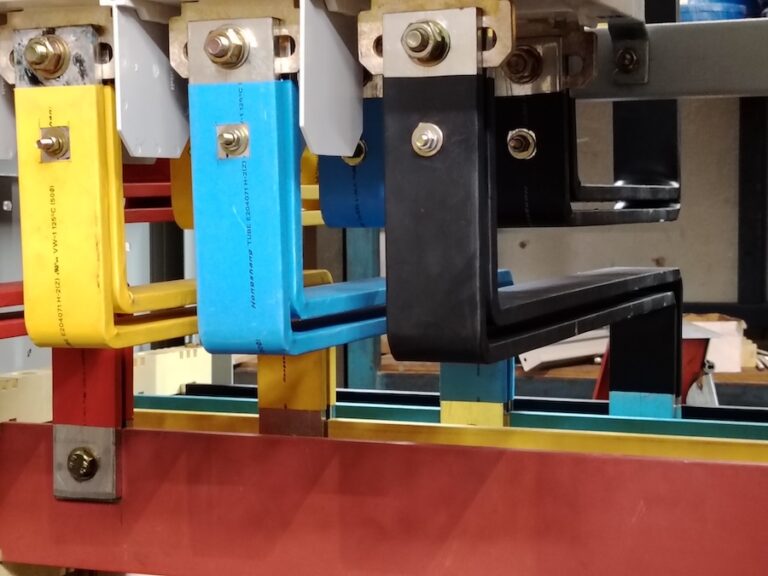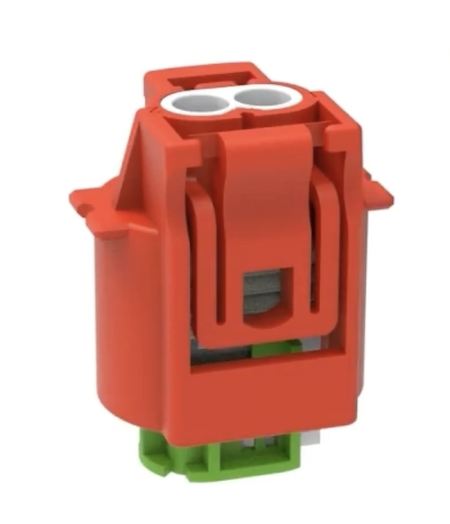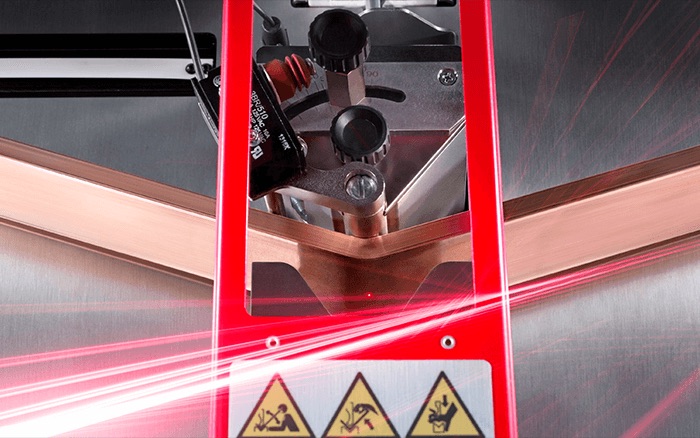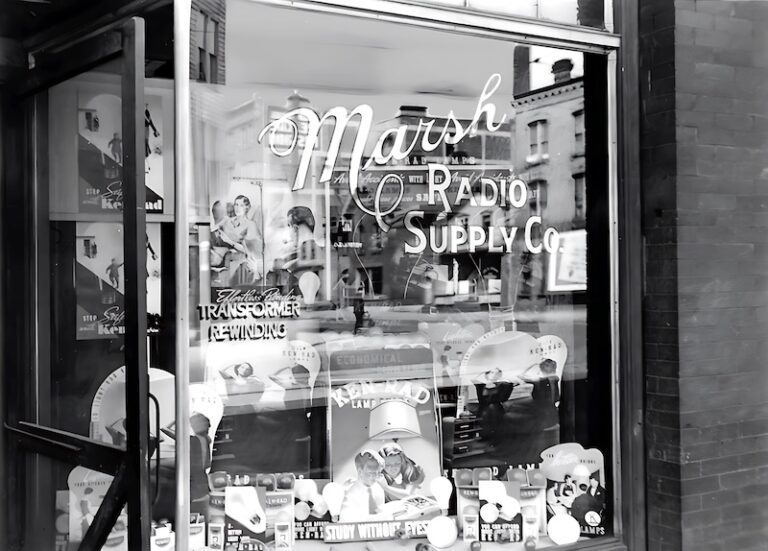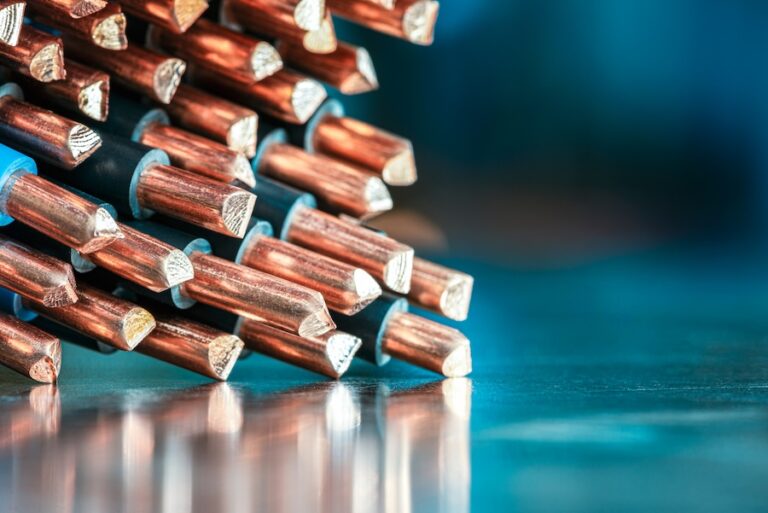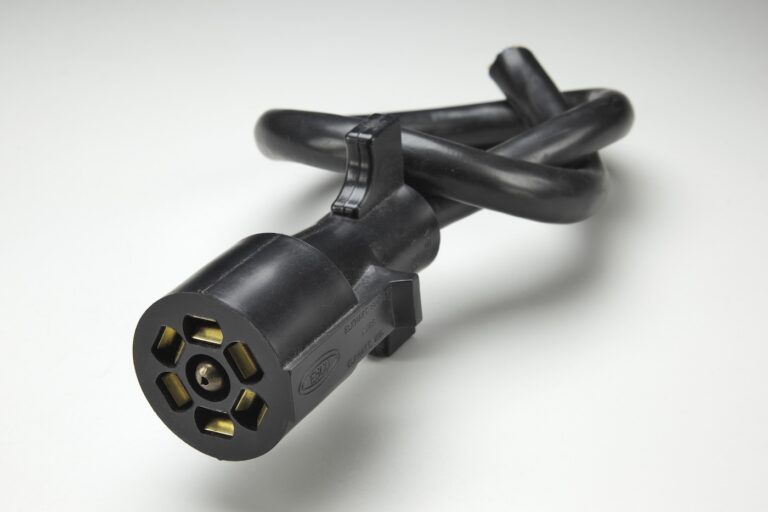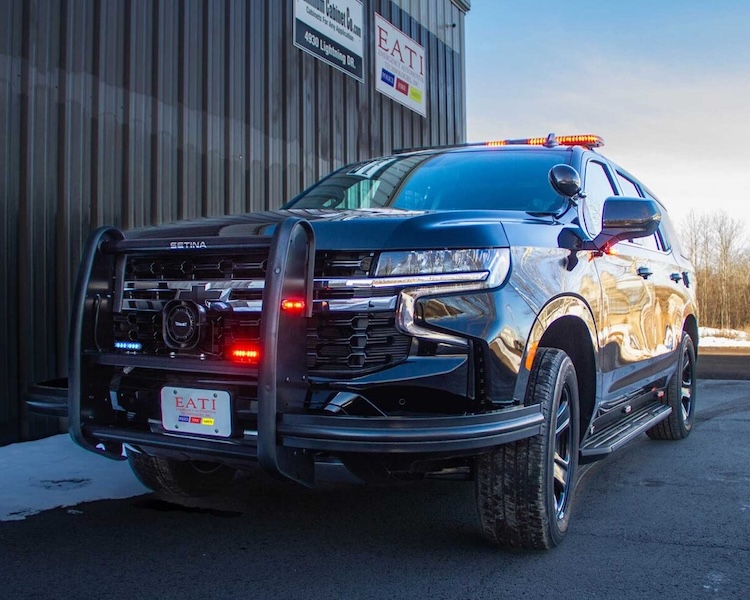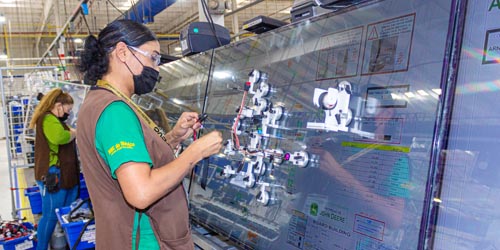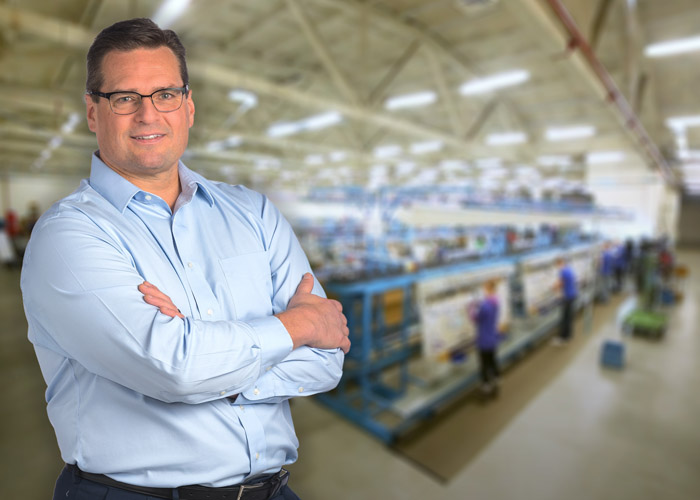
From its beginnings, CVG (Commercial Vehicle Group, Inc.) was assembled as a
company that provides a vast array of products to commercial vehicle OEMs. Headquartered in New Albany, Ohio, CVG is a global provider of components and assemblies into two primary end markets – the global vehicle market and the U.S. technology integrator markets.The company provides components and assemblies to global vehicle companies to build original equipment and provides aftermarket products for fleet owners. They also provide mechanical assemblies to warehouse automation integrators and to U.S. military technology integrators. CVG has built a rather
extensive array of products and sys- tems meeting the worldwide needs for trucking, construction, military, bus, agriculture and other specialty transportation markets.They produce everything from trim components to headliner systems, structural components, mirror and wiper systems and, of course, electrical wiring systems. Wiring Harness News recently spoke with Rich Tajer, Senior Vice President and Managing Director of the Global Wire Harness Group.
“If you look at some of the major commercial truck manufacturers, you will see our seats and many of our cabin assemblies, wipers and structural components,” Rich stated. He explained that the Wire Harness Group was created through the acquisition of two specialty harness companies in the early 2000s, Mono- na Wire and the later acquisition of PEKM in the Czech Republic and the Ukraine. Monona had a North American footprint with the main manufacturing facility in Agua Prieta, Mexico, just over the border from Douglas, AZ. Both companies fit into CVG’s growth model as each brought unique strengths to the table.
“For Monona, it was a chance to diversify because they really weren’t in the trucking business at all,” Rich explained.“We were very strong in the construction and agriculture market, so we were used to even lower volume and higher complexity than commercial trucking.” PEKM was already well established in the passenger vehicle industry, with a major European OEM as their main customer. This offered CVG a good blend of manufacturing capabilities to build upon.
Rich actually joined the company in 2019 with a solid understanding of electrical systems and high voltage systems from a global perspective. “I came here from a large electrical system automotive supplier where I lead a $1B electronics and specialty wiring systems group, with the in- tent on taking CVG to a new place,” he informed.“Our heritage has been as a build-to-print manufacturer, and we wanted to change that into something that provided more value and fun.”
The ‘new place’ that Rich is refer- ring to is the transformation of CVG‘s harness group from a contract manufacturer into a full-service, design-to-build supplier. For the trucking industry, this meant more than just building a harness. CVG’s vision was to take drawings of the OEM electrical components and design a harness within the physical constricts of the vehicle. “With our new value proposition, we design and can release to the customer’s CAD/engineering systems. This allows us to be a true integrated partner with our customers,” he stated.
Although ‘commercial vehicle’ is in their name, the company has also laid out an enhanced path for CVG beyond the trucking industry. Rich explained that the time is right to push even further into other markets.
“There are standards you have to worry about, and some unique specifications, but basically the process is well known to us,” he instructed. “There are many start-ups and other OEMs who haven’t invested in the resources to develop the electrical harnesses. Many have decided not to invest in those tools, and we have the expertise to bring their products to market.”
When Rich came on board, he quickly got to work putting the pieces in place.“We brought in a sales group that had the technical competence, we brought in an engineering team, and also made the investment in equipment that would allow us to move quicker and handle complexity more effectively. Under this structure, as a company, we are much more agile.“
Understanding the need for the company to be quicker to market with a focus on service, CVG streamlined the quoting process and brought in some contemporary production tools. “Another thing we did to increase our speed to market is we set up a prototype center in our Agua Prieta facility where we can do quick turnarounds, usually in 24 to 48 hours.”
One of the most productive investments CVG heralded was the use of digital boards. “These are very large LCD screens with fixtures for rout- ing the wires on suction cups that go right on the screens,” Rich described.
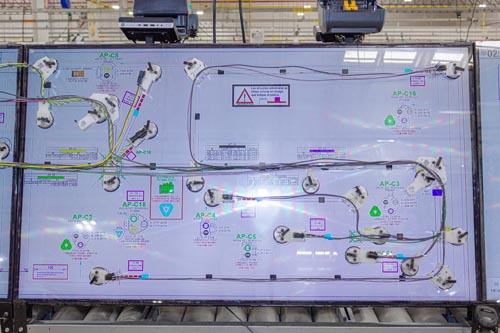
The LCD screens replace traditional harness boards, and several can be strung together for larger harnesses. “And the boards are smart in that they actually have videos embedded on the screen that can explain to the operator what goes where, a tutorial on special taping processes, or answers to other questions the operator may have.”The digital boards have greatly enhanced CVG’s efficiency.“We can go right from our CAD software to the digital boards so it really helps with data migration and the speed in which we can deploy products into the marketplace.”
The use of digital boards is not unique to CVG, so Rich was happy to share images of them. The ‘secret sauce’, as he referred to it, is really the software they developed internally.“We believe it gives us a competitive advantage in the marketplace as it allows for speed, execution and cost reduction (tooling cost and tool changeover),” he detailed.“We are actually converting the entire Mexico facility to digital boards; the return is very favorable.”
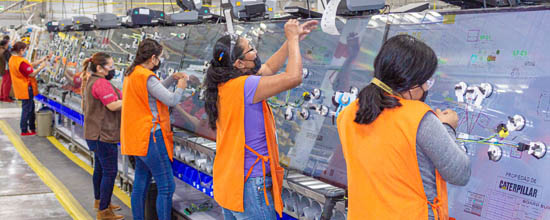
Rich echoed what we always seem to hear in our industry—that the har- ness is often the last thing OEMs think about. But he sees this as an opportunity for CVG to jump in when the customer begins to realize the complexities in harness design. “It doesn’t sound very complicated from 10 steps back, but the devil is always in the detail as the harness touches everything.”
Our interview took place just before Wiring Harness News’ participation in The Battery Show, so the EV market was top of mind.“We looked at what’s going on in that space, and there are a lot of fantastic opportunities where we are partnering with new customers,” Rich stated. CVG is currently working on an EV bus application, as well as EV last-mile delivery and commercial long-haul vehicles.
As some of this business is coming from municipalities funded by taxpayer dollars, CVG is repurposing a facility in the US to handle the domestic requirements. This facility is being set up as a complement to the Agua Prieta plant, with CVG initially using about 15,000 of the 60,000 square feet of available space.“We are bringing in high-voltage processing equipment, some light stamping and forming machines for bus bars and junction boxes, and high-voltage test equipment,” he listed. Many other capabilities are coming into that plant to facilitate the vertical and horizontal expansion of the company’s vision.
In addition to some specific new aerospace applications, Rich was also excited to talk about recent opportunities they have for autonomous material handling equipment. He mentioned they are also working on some medical applications, but laments that the sales cycle is a bit longer there than in other markets. “We’ve been prescriptive so far with the customers we are targeting but we always have an open pipeline to listen and see if we can help them with a solution. I try to look at the potential business and say,‘how can we solve the problem’ instead of ‘do they need a harness.’”
This strategy also led CVG into junction box builds. “We are moving up the technology spectrum.We started with low-voltage applications, moved into full-service low and high voltage, and then into junction boxes, so you can see we are moving up the ladder,” he stated. The junction boxes CVG had provided thus far had consisted of mostly passive components, but they are working on one now with some active components where they are programming software.This highlights another way the company is growing upward and outward from a technology perspective.
CVG realized they would need a specialized engineering team to meet these aspirations.The company is establishing an engineering or ideation center on the west coast and is staffing it with some of the best creative minds in the industry. This will enable CVG to handle a lot of the high-voltage requirements that seem to be centered on the west coast while making sure they can support all of their customers’ engineering needs. “I’m pretty excited about that because, right now, the only thing limiting us is our imagination, and the ideation center continues to increase our profile and value to our customers.”
The conversation turned to ways CVG is actively marketing their business. “About two years ago, we put together a marketing plan where we determined which segments of the market we anticipated growing. We looked at who the major players were in those spaces, then specifically targeted certain customers,” Rich laid out. Then, it was a matter of explaining our value proposition and how we can be a solution provider in the targeted markets.“
Rich is very excited about CVG’s approach to their business. Even previous to joining the company, he recognized that traditional wire and cable and electronic subassembly manufacturers waited until the print was done to get involved. CVG is focused on being at the forefront of this to help its customers.The combination of a multifaceted engineering, global footprint, global procurement and error proof manufacturing pro- cess make CVG a company that is situated to make this happen for many industries.
CVG is already well established as a world class supplier. Under the guidance of Rich and other leadership team colleagues, they are staking their claim as an industry problem solver. Recent investments in technology and engineering personnel, coupled with CVG’s open approach to customer problems, is giving them the edge among their competitors.


